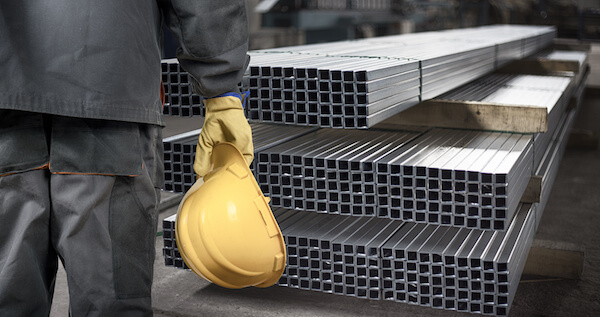
The Impact of the Steel & Aluminum Tariff on Construction
In the beginning of March, President Trump proposed a tariff on imported steel and imported aluminum. The proposed tariff would be 25 percent on imported steel and ten percent on imported aluminum. He later clarified that the tariff would likely not apply to metals imported from Canada and Mexico and the amount of the tariff could be negotiated lower based on negotiations with other countries. However, the proposed tariffs have the construction industry worried, as there could be many negative impacts to the industry as a whole if these tariffs are approved and finalized. Here are just a few of the ways that a steel and aluminum tariff could negatively impact the construction industry.
Commercial Projects Will Dramatically Increase in Price
One of the impacts that a steel and aluminum tariff will likely have on construction projects is a dramatic increase in commercial construction. Commercial construction projects include buildings such as shopping centers, hospitals, hotels, office space and high rise buildings. All of these types of projects rely heavily on steel beams to help support the weight and load of the larger size of these buildings. These use a reasonable amount of steel and even aluminum during the construction process. Commercial projects are already costly, and a tariff will only cause a further increase.
Homes Will Moderately Increase in Price
Many single-family homes do not use much if any, steel or aluminum. However, the cost of single-family homes will likely moderately increase if there is a tariff imposed on steel and aluminum. There is already a housing shortage in many larger cities. In order to combat this, developers are turning toward large buildings to create lofts, condos and apartment-style houses. This allows a large number of residences on a small footprint. But these buildings use steel and aluminum. If the price of these materials increases, more builders may turn away from constructing them, or the home prices may be too high for buyers. In turn, there will be more competition for single-family homes, driving costs up.